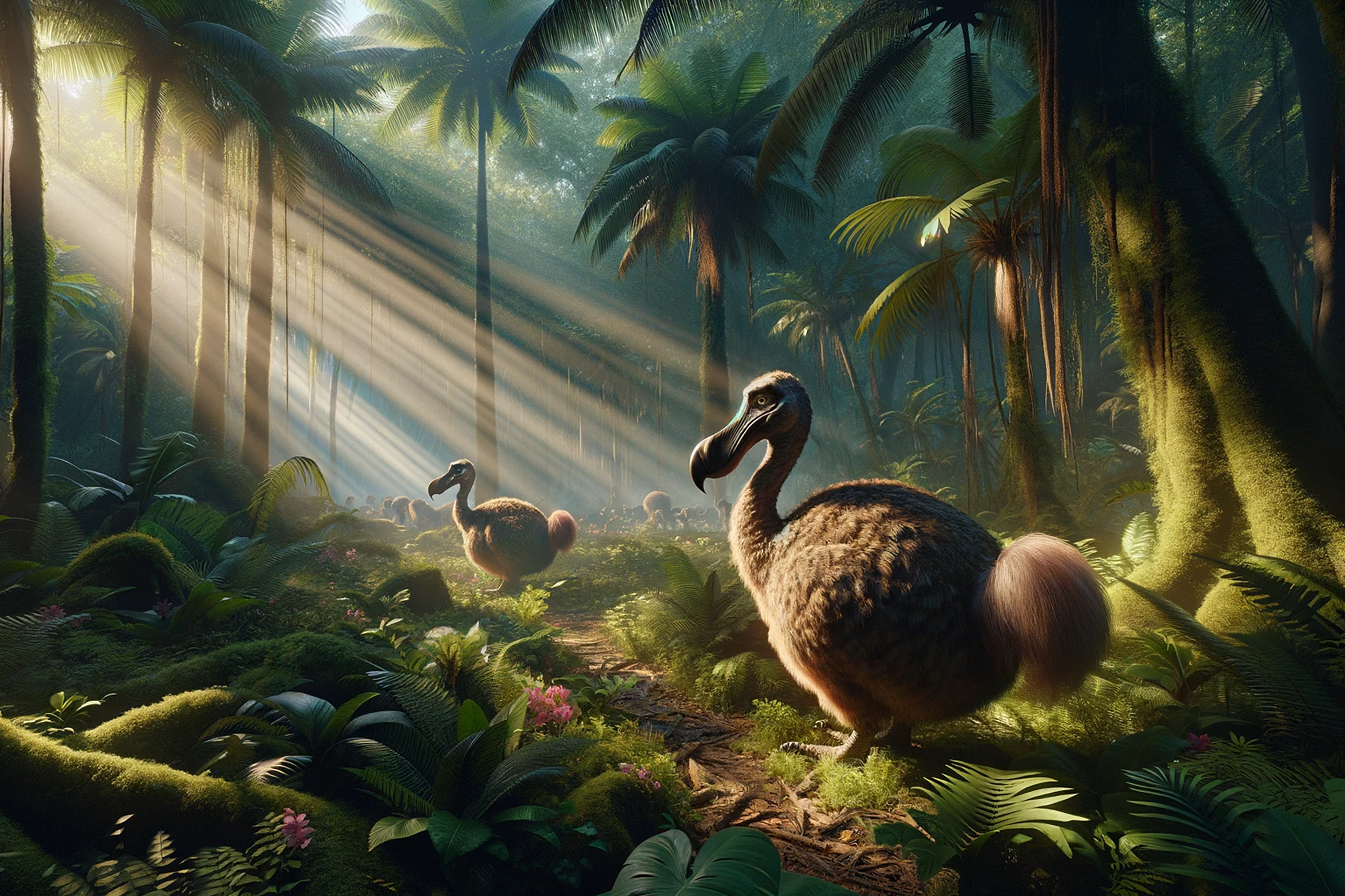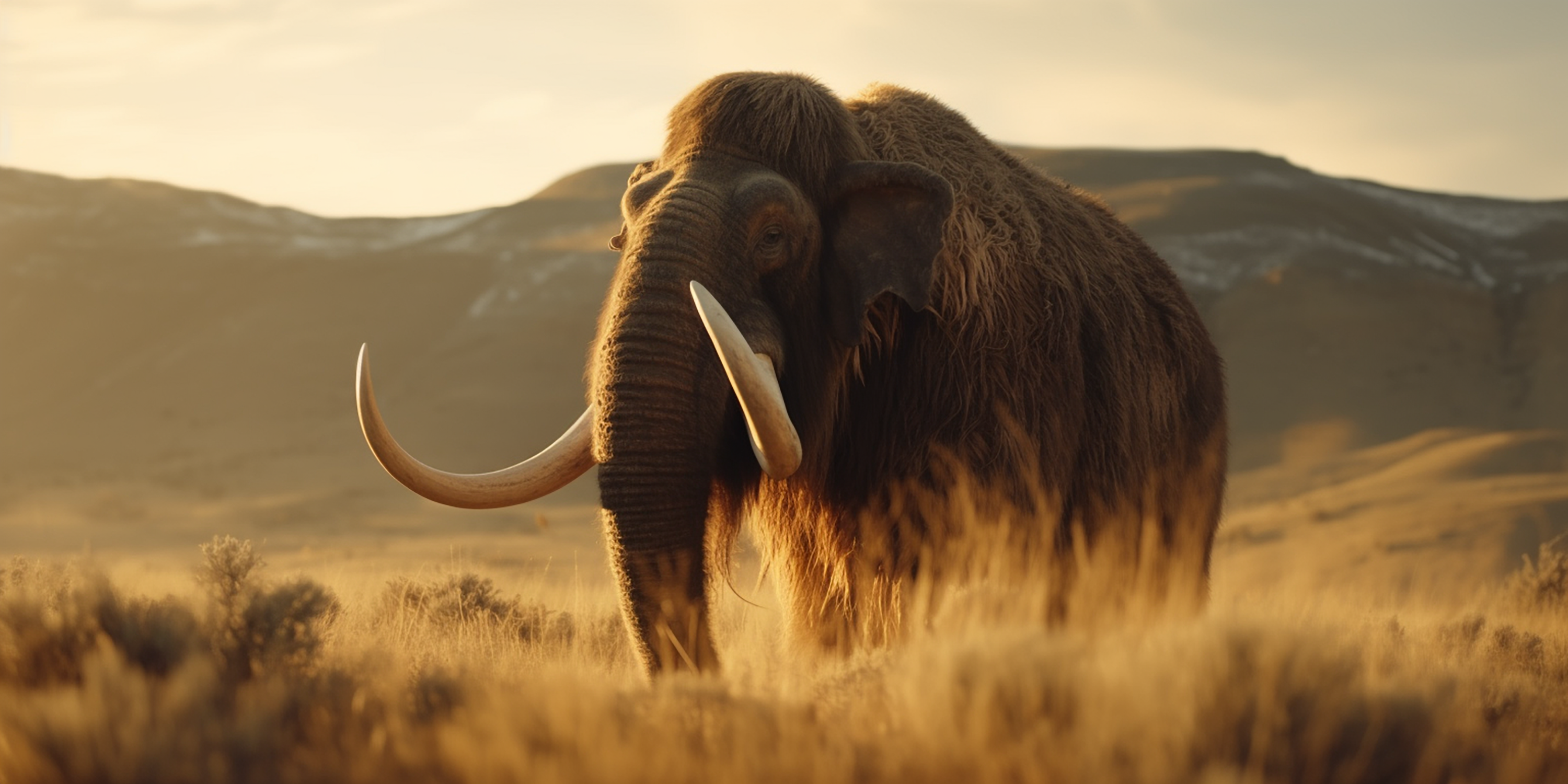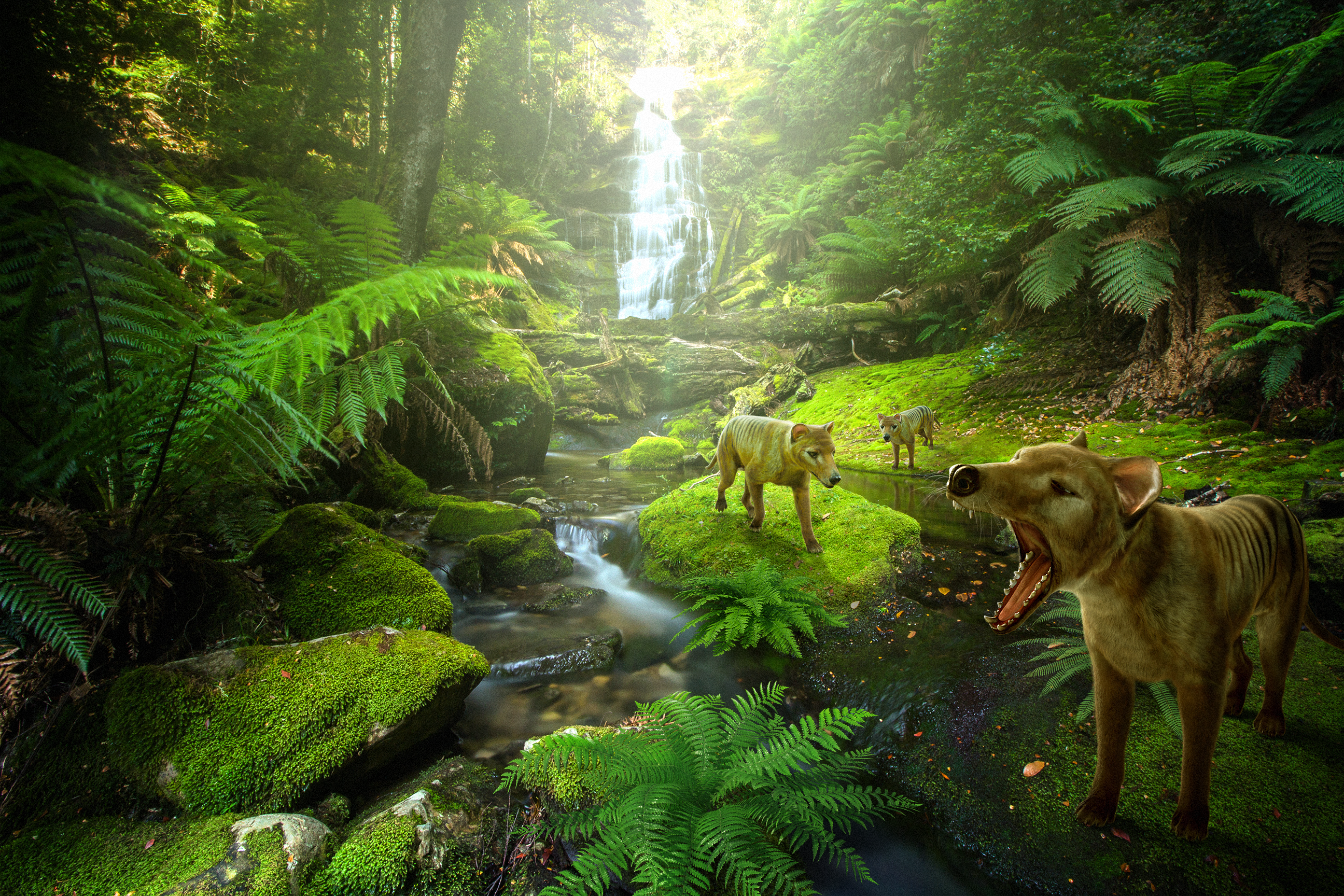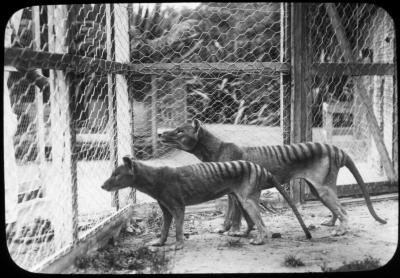Experts say these species will be brought back from dead – with help from Paris Hilton and Chris Hemsworth
Gene-editing technology could bring back long-lost species

Your support helps us to tell the story
From reproductive rights to climate change to Big Tech, The Independent is on the ground when the story is developing. Whether it's investigating the financials of Elon Musk's pro-Trump PAC or producing our latest documentary, 'The A Word', which shines a light on the American women fighting for reproductive rights, we know how important it is to parse out the facts from the messaging.
At such a critical moment in US history, we need reporters on the ground. Your donation allows us to keep sending journalists to speak to both sides of the story.
The Independent is trusted by Americans across the entire political spectrum. And unlike many other quality news outlets, we choose not to lock Americans out of our reporting and analysis with paywalls. We believe quality journalism should be available to everyone, paid for by those who can afford it.
Your support makes all the difference.Experts have said there is a strong chance a long-lost species, such as mammoths, the dodo and the Tasmanian tiger, could brought back from the dead before 2028 – with the help of Paris Hilton and Chris Hemsworth.
In simple terms, the science behind the mission involves working out the “core” genes that make an extinct animal what it is, and then replicate those genes using the DNA of a close existing relative.
Scientists at Colossal Biosciences are already well on their way to reviving the species using gene-editing technology.
Colossal Biosciences is a biotech start-up in Texas that has raised 235 million US dollars (£177m) to date, with celebrity backers including Australian actor Chris Hemsworth, American socialite Paris Hilton and motivational guru Tony Robbins.
But Ben Lamm, the company’s chief executive, said it is “highly likely” the dodo and the Tasmanian tiger could potentially pip the mammoth – which went extinct around 4,000 years ago – to the post within the next three years.

Mr Lamm said: “We are pursuing them all at the same rate.
“Mammoths have a 22-month gestation (the process of developing inside the womb).
“We have set a date of late 2028 for our first mammoth and we are on track for that currently, which is great.
“But given the other species have much shorter gestation, it is highly likely that we will see another species before the mammoth.”

The Tasmanian tiger – which was declared extinct in 1982 in Australia – has the shortest pregnancy with a gestation period of “just weeks”, according to Colossal Biosciences.
And the typical gestation period for the dodo – a large flightless bird that once lived on the island of of Mauritius but died off sometime in the 17th Century – is about a month long.
But Mr Lamm is reluctant to divulge which of the two has a greater chance of earlier resurrection, saying: “We are not yet commenting on which species will be the first but I do believe that it is highly likely we will have a species before 2028, and it will be one of the three that you’re looking at.”
Colossal Biosciences was formed in 2021 by tech entrepreneur Mr Lamm along with Harvard University geneticist George Church.
The woolly mammoth’s closest relative is the Asian elephant with whom it shares 99.5% of genes, according to Mr Lamm.
He said: “Mammoths are genetically closer to Asian elephants than Asian elephants are to African elephants – that always kind of blows people’s mind.”
The dodo’s closest living relative is the Nicobar pigeon, a grey bird with colourful features found in the Andaman and Nicobar Islands in India.

Meanwhile the Tasmanian tiger is closely related to the fat-tailed dunnart, a tiny creature that looks like a mouse but is 100 times smaller, with suggestions that an artificial womb may need to be invented for the extinct creature to develop.
Valued at around 1.7 billion US dollars (£1.3bn), the firm has secured an additional 50 million US dollars (£38m) to launch the Colossal Foundation.
The non-profit organisation aims to aid conservation effort, focusing on at-risk animals such as the the vaquita, a porpoise which is also one of the most endangered marine species on the planet, the northern white rhino, which is on the brink of extinction, and the pink pigeon, a rare species found in Mauritius.

Mr Lamm said: “People love to talk about the de-extinction work that we do around the mammoth, the thylacine and the dodo, but we also do a lot of conservation and species preservation work.
“All the technologies that we develop on the path to de-extinction, we make available to conservation groups.
“But now, we have raised 50 million dollars of new capital just for our foundation to help empower the scientists to go leverage those technologies in the field and develop new ones right for conservation, because there is not enough money going into conservation, and there’s definitely not enough R&D (research and development) going into conservation.”